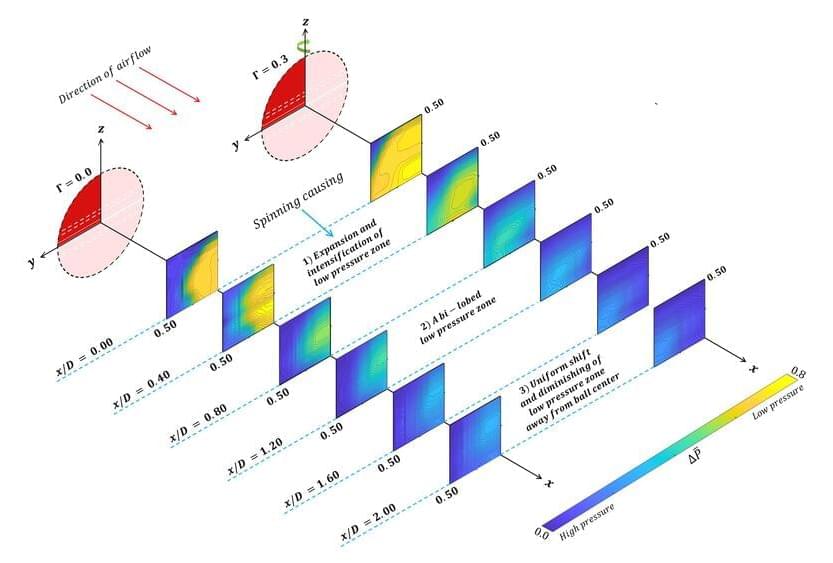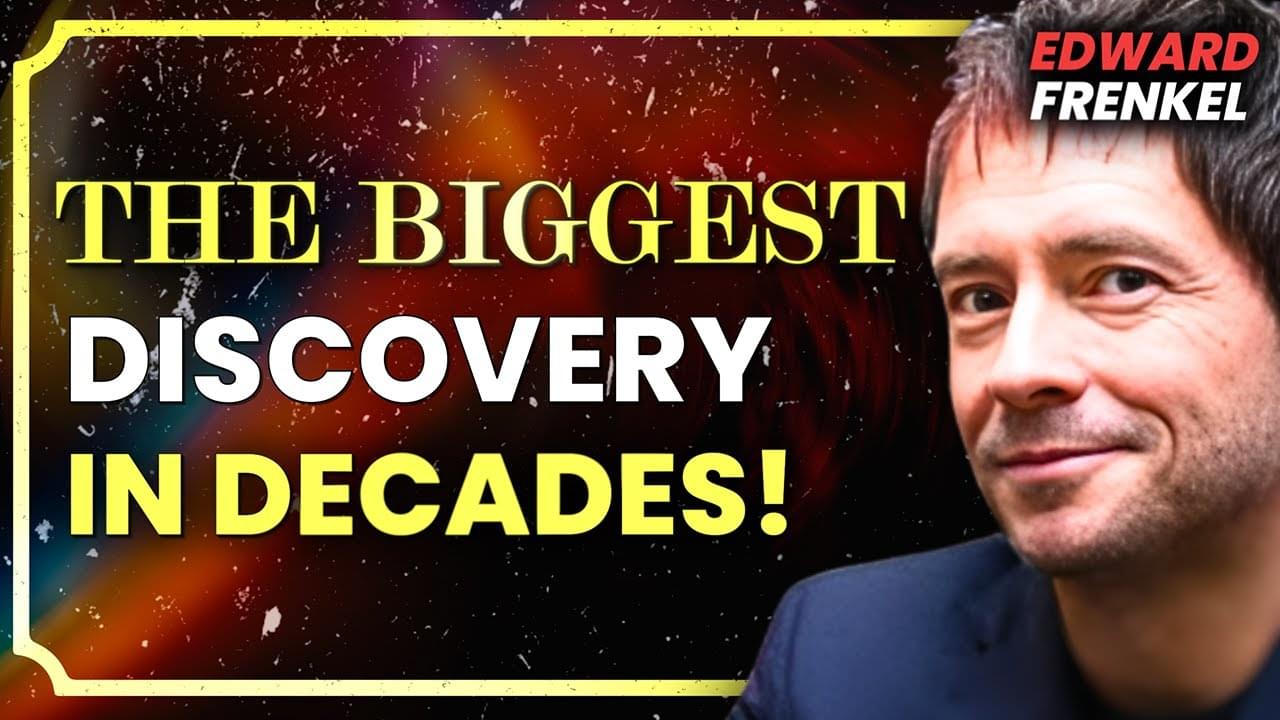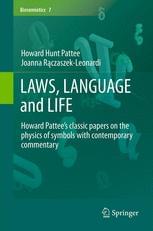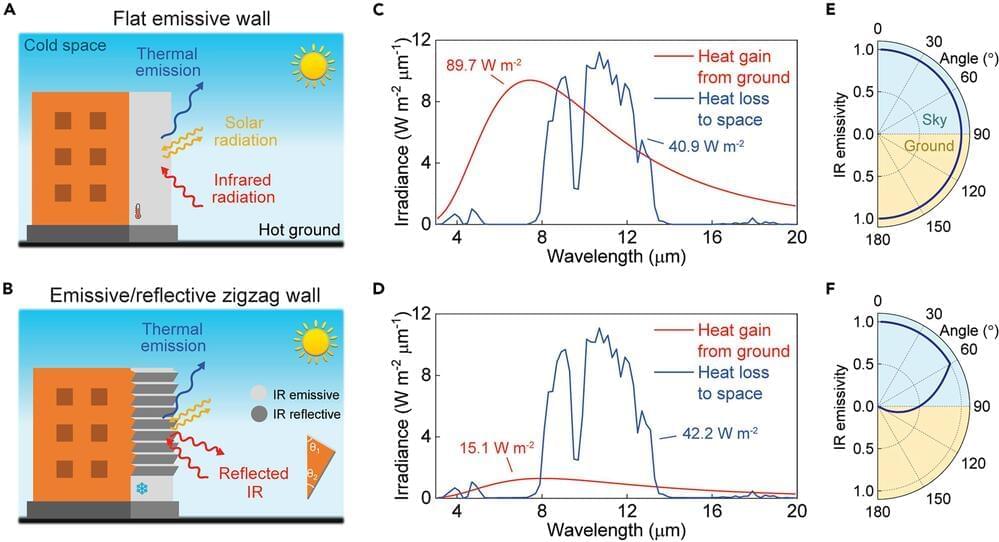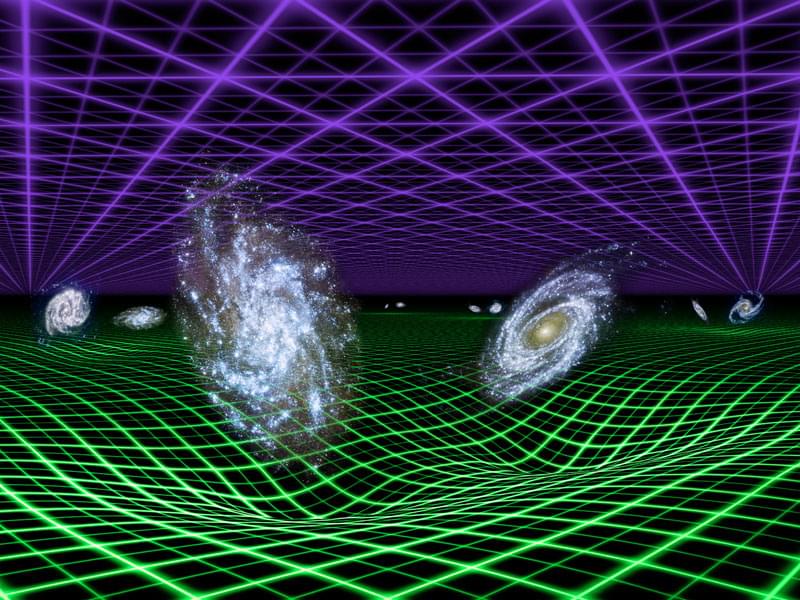Aug 15, 2024
New semiconductor material AlYN promises more energy-efficient and powerful electronics
Posted by Saúl Morales Rodriguéz in categories: chemistry, energy, physics
Due to its excellent material properties and its adaptability to gallium nitride (GaN), AlYN has enormous potential for use in energy-efficient high-frequency and high-performance electronics for information and communications technology.
Aluminum yttrium nitride (AlYN) has attracted the interest of many research groups around the world due to its outstanding material properties. However, the growth of the material has been a major challenge. Until now, AlYN could only be deposited by magnetron sputtering.
Researchers at the Fraunhofer Institute for Applied Solid State Physics IAF have now succeeded in fabricating the new material using metal-organic chemical vapor deposition (MOCVD) technology, thus enabling the development of new, diverse applications.
